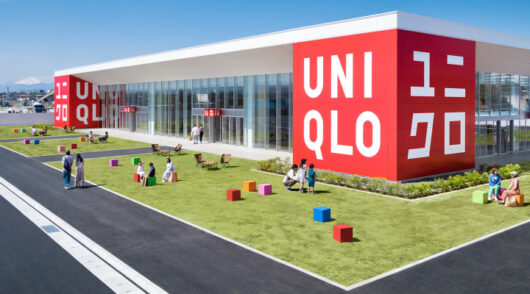Advanced Planning Systems (APS) are at the heart of digital transformation when looking to improve operations management. Companies in Australia and New Zealand have traditionally lagged in investment in this area.
The benefits of implementation that we usually observe are:
- A 20 per cent reduction in working capital.
- A 3 per cent reduction in COGS.
- A 6 per cent reduction in logistics costs.
- A 10-20 per cent improvement in forecast accuracy.
- Improved customer service.
What necessitated companies to modify their supply chain planning?
The global pandemic has fundamentally altered the landscape of supply chain planning. Prior to the pandemic, supply chains were focused on creating efficiencies based on a just-in-time model, with inventories kept intentionally low. Businesses relied on backward-looking data to evaluate decisions and adjust plans on the most recent events. However, the global pandemic caused businesses to reconsider this approach, with inventories now seen as a buffer to unexpected disruptions, leading companies to consider moving to a just-in-case model. The result has led to a recalibration of how businesses consider suppliers, capacity, and inventory, with the focus now centred on resilience, efficiency and agility through the supply chain.
How are companies refining their strategies and approaches?
The key change has been businesses embracing sales and operations planning (S&OP). S&OP is an integrated planning process that aligns demand, supply, and financial planning and is managed as part of a company’s master planning. Rather than just a supply chain process, embracing S&OP results in planning coming to the forefront of the business as the business planning process, with a cross-functional set of processes that flex as uncertainties and challenges present.
The need for this is due to the change in supply chain strategy. It is now about being in the right ballpark and roughly correct over a three to 36-month horizon rather than being precisely wrong. The adoption of S&OP allows businesses to develop a what-if scenario capability, which in turn enables speed of response, quality decision-making and service level protection and productivity. This stress-testing of various scenarios allows you to model for a variety of challenges in a forward-looking manner, increasing the likelihood that your supply chain will survive unexpected events and disruptions.
This is why embracing S&OP is so important, as it bridges operational execution and strategy. Viewing S&OP as a business planning process, rather than just a supply chain process, helps turn your business strategy into a resilient plan that your operations team can execute.
Important considerations when translating your strategy into operational execution
The most important part of implementing your strategy is ensuring cross-functional input and engagement across the business. Without cross-functional input, you just have an individual’s opinion on the correct process, which will more than likely be biased towards benefitting that individual or their team. Cross-functional input creates a more balanced expectation, with the wants and needs of the entire business considered. This ensures that the priorities of the business are known across teams while there is an understanding of key factors for each team.
For example, if the sales team understands the capacity constraints of a particular shipping lane, they can manage customer expectations and prioritise demand as necessary rather than just processing as many orders as possible. Equally, if a procurement team understands the requirements of a new product line launching, they can ensure the resources are available in time, allowing the sales team to process orders as soon as the product is launched.
Most businesses have the foundations to be successful, S&OP simply formalises the process while elevating cross-functional understanding and alignment. This ultimately increases the likelihood that a company’s overall strategy will be successful.
Building on foundations for successful implementation
Achieving S&OP process maturity and agility requires a focus on building a robust yet flexible planning operating model. This provides your teams with the ability to leverage great processes and enhanced digital capabilities, such as advanced planning and scheduling (APS) systems.
With these foundations in place, it is much easier to create a clear people, process and technology roadmap that incorporates:
- Future process design.
- The right balance between human and digital resources.
- A digitised supply chain.
It is important to plan this roadmap in phases, layering digital capability as the capabilities of your people and processes mature. Ultimately, self-generating demand, self-adjusting supply with control tower oversight, and human-augmented decision-making are here. Jump in and embrace the digital transformation of your S&OP process to unlock enhanced plans, resilience, efficiency, and agility.
- About the author: Chris Foord, pictured above, is a partner at Argon & Co New Zealand.






